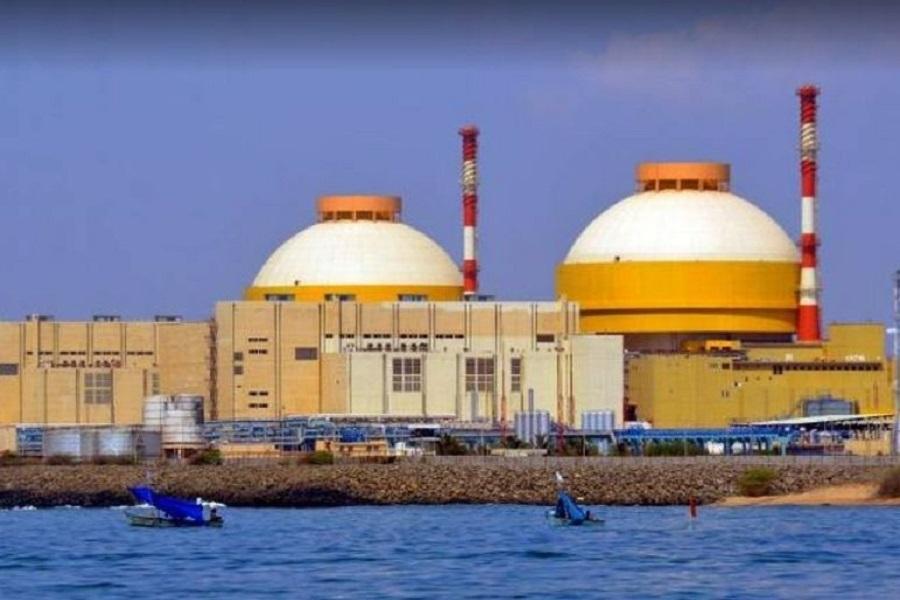
Centre Reviews 100 GW Nuclear Mission to Boost Clean Energy Goals
In a significant development towards achieving India’s ambitious clean energy targets, the Union Power Minister, Manohar Lal Khattar, and Minister of State for Atomic Energy, Dr. Jitendra Singh, recently convened a high-level meeting to review the 100 GW Nuclear Energy Mission. This meeting assumes great importance as it follows up on Prime Minister Narendra Modi’s commitment to expand India’s clean energy basket and achieve Net Zero emissions.
The meeting aimed to discuss the progress made so far in achieving the 100 GW nuclear energy target, which was set by the government in 2015. The target is ambitious, given that India’s current nuclear power capacity stands at around 6.7 GW. However, the government’s vision is to increase this capacity to 100 GW by 2031, which would significantly boost the country’s clean energy mix.
During the meeting, the Power Minister and the Minister of State for Atomic Energy reviewed the progress made by the nuclear power plants in the country. They also discussed the key challenges and bottlenecks that need to be addressed to achieve the 100 GW target. The meeting was attended by senior officials from the Ministry of Power, the Department of Atomic Energy, and the Nuclear Power Corporation of India Limited (NPCIL), the main operator of nuclear power plants in the country.
The review meeting comes at a critical time, as India is under pressure to increase its clean energy generation to meet its Paris Agreement commitments. The country has set a target of reducing its greenhouse gas emissions by 33-35% by 2030 compared to 2005 levels. Achieving this target will require a significant shift towards clean energy sources, including solar, wind, and nuclear power.
Nuclear power, in particular, has a crucial role to play in India’s energy mix. It is a low-carbon source of energy, which can help reduce the country’s dependence on fossil fuels and mitigate the impact of climate change. Moreover, nuclear power plants can operate continuously, providing a reliable source of electricity to the grid.
The 100 GW nuclear energy mission is not just about increasing the country’s nuclear power capacity, but also about developing the necessary infrastructure and human resources to support the growth of the sector. The government has identified several challenges that need to be addressed, including the need for new reactor designs, the development of indigenous fuel fabrication facilities, and the creation of a robust nuclear waste management system.
During the meeting, the ministers also discussed the need for greater private sector participation in the nuclear power sector. The government has recently introduced several reforms to encourage private investment in the sector, including the creation of a new nuclear power policy and the introduction of a competitive bidding process for new nuclear power projects.
The 100 GW nuclear energy mission is also expected to create new job opportunities and stimulate economic growth in the regions where the nuclear power plants are located. The nuclear power sector is a significant employer of skilled professionals, including engineers, scientists, and technicians. Moreover, the sector also generates significant revenue for the government through the sale of electricity to the grid.
In conclusion, the review meeting on the 100 GW nuclear energy mission is a significant step towards achieving India’s clean energy goals. The meeting provides an opportunity for the government to review the progress made so far and identify the key challenges that need to be addressed to achieve the target. With the private sector playing a greater role in the sector, the nuclear power sector is expected to play a crucial role in India’s transition to a low-carbon economy.






